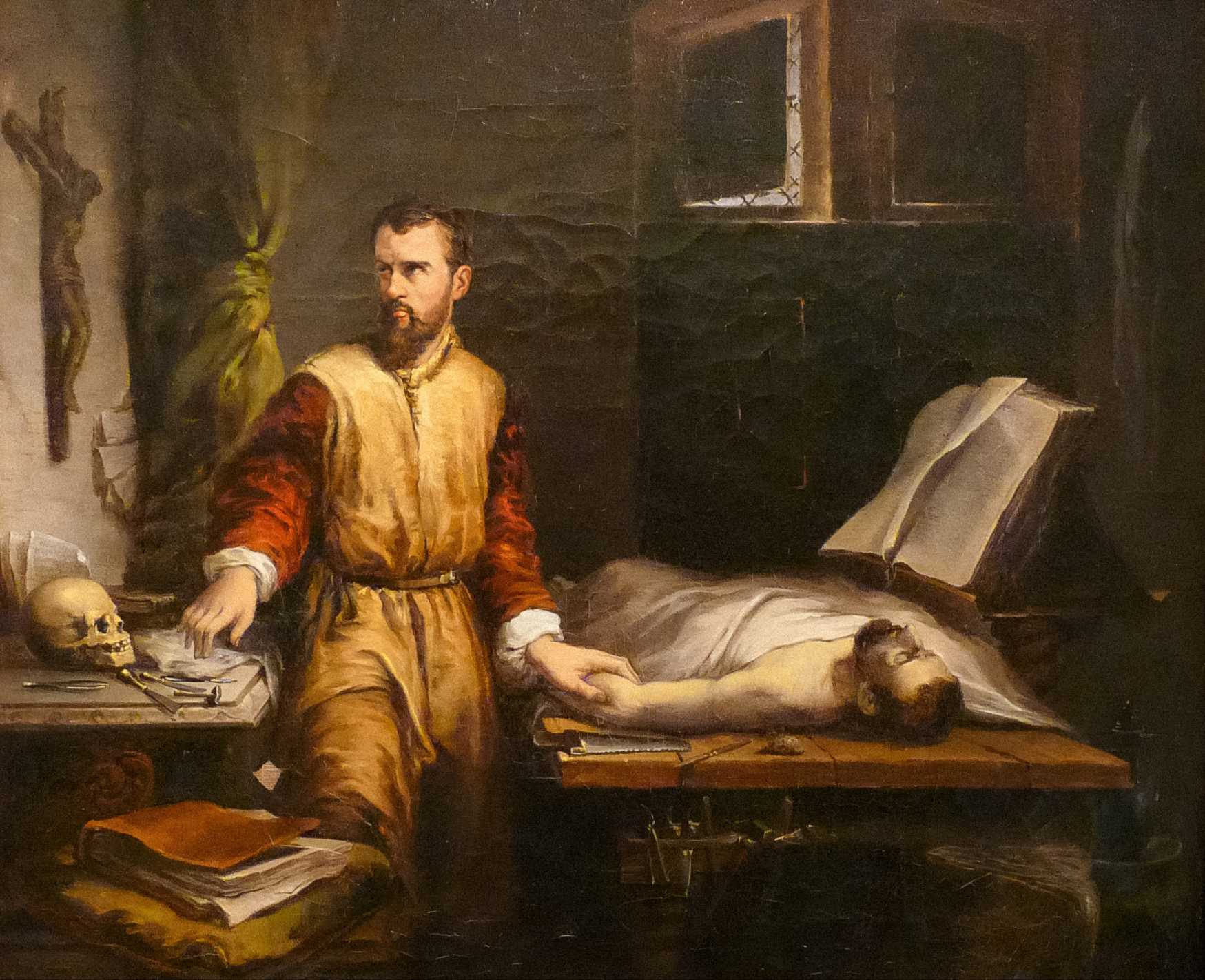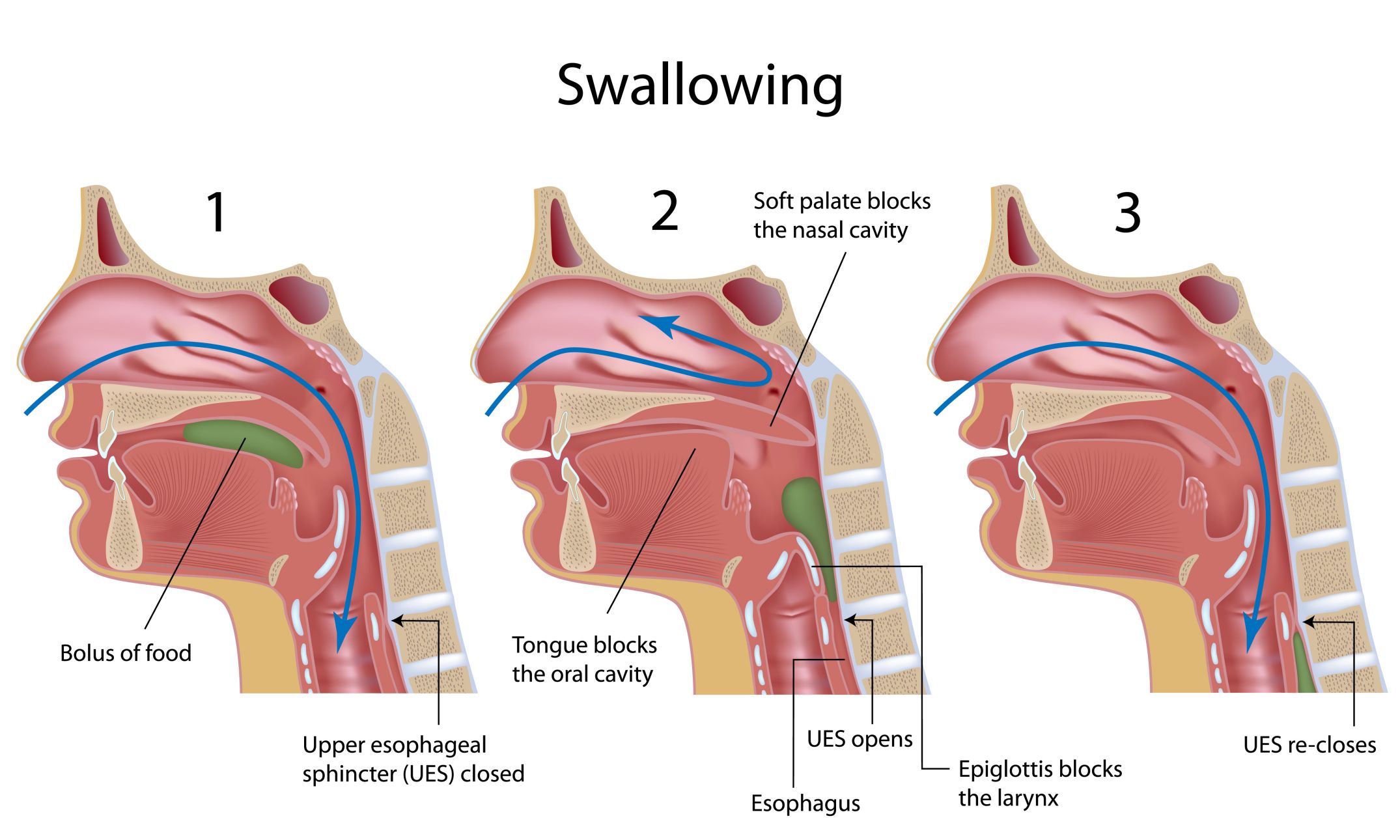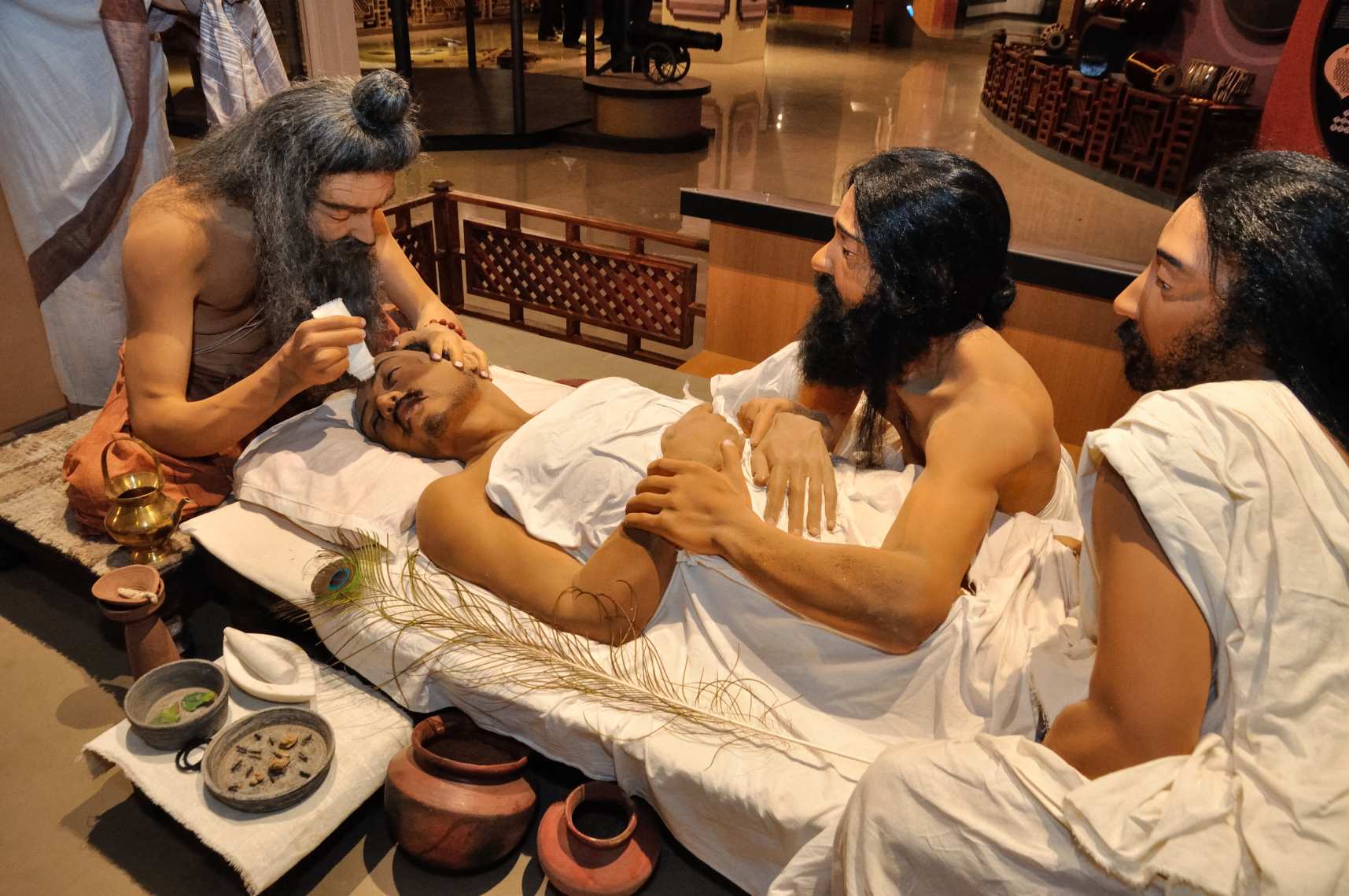In the primitive expanses of ancient times, the enigmatic worlds of medicine and healing were often entwined with the mystical and the spiritual. Unraveling this intriguing tapestry takes us on a journey back to the days when the term ‘coma’ was a mystery, and the medical field was still in its infancy. But what did they do to those lost in the nebulous realms of unconsciousness, those caught in a coma, during these ancient epochs?

This thought-provoking question invites us to enter into the fascinating paradoxes of ancient medical practices, where remedies ranged from the natural to the supernatural, and the line between life and death was often blurred. So, as we traverse the sands of time, we can shed light on the captivating and often startling ways our ancestors dealt with coma patients.
The origin of the word “coma”
People in ancient times were well aware of what a coma is. In fact, the Greek word κῶμα (kôma), meaning “a deep, unbreakable sleep” is used in the writings of the Hippocratic Corpus (Epidemica), a collection of various early Greek medical writings, the earliest of which date to around the fifth century BC; and later it was used by Galen in the second century AD. Subsequently, it was hardly used in the known literature up to the middle of the 17th century.
The term is found again in Thomas Willis’ (1621–1675) influential De anima brutorum (1672), where lethargy (pathological sleep), ‘coma’ (heavy sleeping), carus (deprivation of the senses) and apoplexy (into which carus could turn and which he localized in the white matter) are mentioned. The term carus is also derived from Greek, where it can be found in the roots of several words meaning soporific or sleepy. It can still be found in the root of the term ‘carotid’. Thomas Sydenham (1624–1689) mentioned the term ‘coma’ in several cases of fever (Sydenham, 1685).
In antiquity, what methods were used to deal with people in a comatose state? Were they buried alive or was there an alternative?
People in ancient times, then, knew perfectly well that people in coma were not dead and they did not bury them alive.
The problem is that most people in ancient times who went into coma probably did not survive in that condition for very long, since most people who enter a state of coma lose their swallow reflex, meaning, even if they had people taking care of them, feeding them, and giving them water to drink, they probably wouldn’t have had the ability to swallow.
It takes about three to seven days for dehydration to kill someone, meaning, if a person went into a coma, they were unable to swallow, and they didn’t wake up within seven days at most, they would die of dehydration. People in comas today can normally only survive due to nutrition taken through feeding tubes and IVs.
Today the primary causes of death in comatose people are things like aspiration pneumonia.
What is aspiration pneumonia?
Aspiration pneumonia occurs when food or liquid (saliva or mucus) is breathed into the airways or lungs, instead of being swallowed.
Your esophagus and your trachea both branch from the bottom of your throat, but your esophagus is closed by default and your airway/trachea is wide open, since you obviously have to breathe. Swallowing is a rather complex series of events designed to get stuff in the esophagus and down to your stomach rather than down to your lungs.

A normal, healthy person swallows their saliva once or twice a minute, constantly. Since comatose people do not swallow, their saliva pools and drips into the trachea and down to the lungs, causing pneumonia.
The saliva of people who are not regularly eating/drinking (e.g., people in coma) is even more likely to cause pneumonia. Since there is no food or drink to stimulate the salivary glands, the lining of the mouth and throat become dry and sticky and harbor more harmful bacteria, which then make their way into the lungs via saliva as described above.
Compounding this problem, it is often very difficult to clean the mouth of someone in a coma because they cannot cooperate to open their mouth.
In what situation would both a feeding tube and an IV be impossible?
Hypothermia or hypovolemy can both cause peripheral veins to constrict. This makes the veins really difficult to see or palpate.
Different traumas could make the insertion of a tube or cannula impossible. If the IV cannula can not be placed, in modern medicine it is possible to use intraosseous infusions. Though this is pretty rare.
Infections, swelling, surgery or skin conditions at the puncture site are also contraindications. Nasogastrical feeding tube has less contraindications. One of the most common contraindication for nasogastrical feeding tube is a blocked colon or a perforation of esophagus or colon.
Music was used to heal coma patients in ancient India, according to a new study
Music therapy was used to treat coma patients by Sushruta (8th century BC) and Charaka (1st century CE), according to perhaps the first such evidence unearthed from ancient Indian texts by researchers from University of Hyderabad.

The study has showed how Sushruta (father of surgery in India) prescribed music therapy to bring patients out of coma, while Charaka (principal contributor to Ayurveda) used music on patients who had come out of coma to clear their mind.
Music was also used in ancient India to treat diseases as myriad as infertility and tuberculosis.
The study was published in the second issue of the 57th volume of the Indian Journal of History of Science (IJHS), a scientific publication by Springer, the Netherlands.
The researchers cited instances from three most important compendiums of Ayurveda where the vaidyas (ancient physicians) suggested music as an alternative therapeutic agent. According to them, the ancient vaidyas recommended it in pitta aggravation, labour room, virility, TB, alcoholism, therapeutic purgation and emesis, and coma.
In the case of coma treatment, there was a sharp difference between Charaka and Sushruta systems of treatment, the researchers said. They also said that Charaka’s mention of musicians as staff in a hospital was revolutionary in those ancient times.
“Charaka prescribed music for a patient who returned to consciousness to protect the confused mind. However, Sushruta specified music for breaking the coma.”
Final words
The human brain has been a source of fascination for ancient civilizations for thousands of years. From Hippocrates in ancient Greece to the Egyptians, people have been trying to understand the mysteries of the mind. In search of cure, ancient societies did many things to comatose patients, including some of the most bizarre and unusual practices. From using herbs, music therapy and natural remedies to more drastic measures like drilling holes in the skull. And still, in this modern era, we are trying to bring its treatment completely within our grasp.




